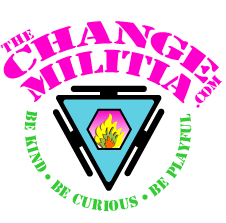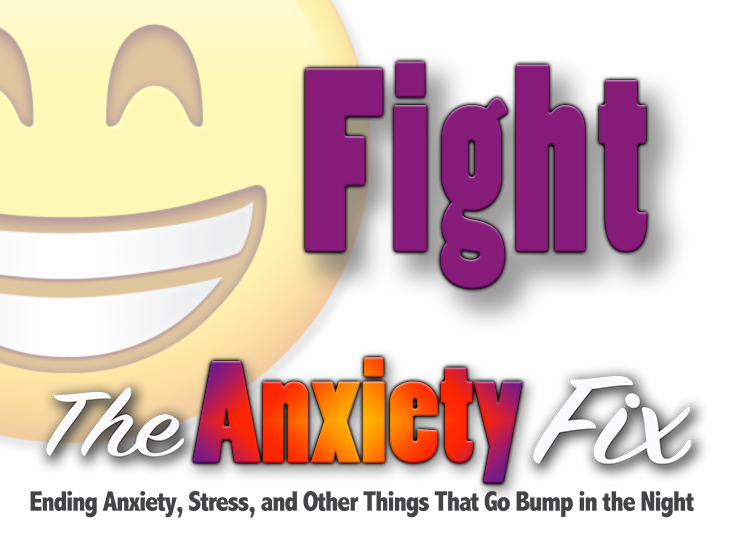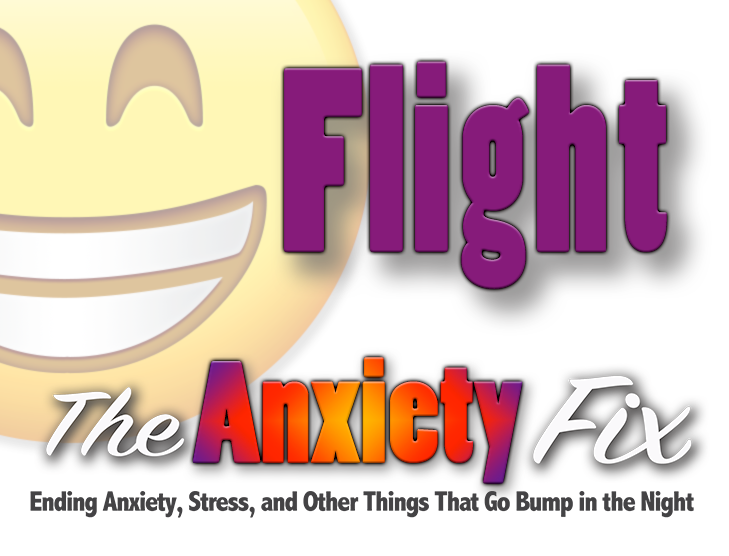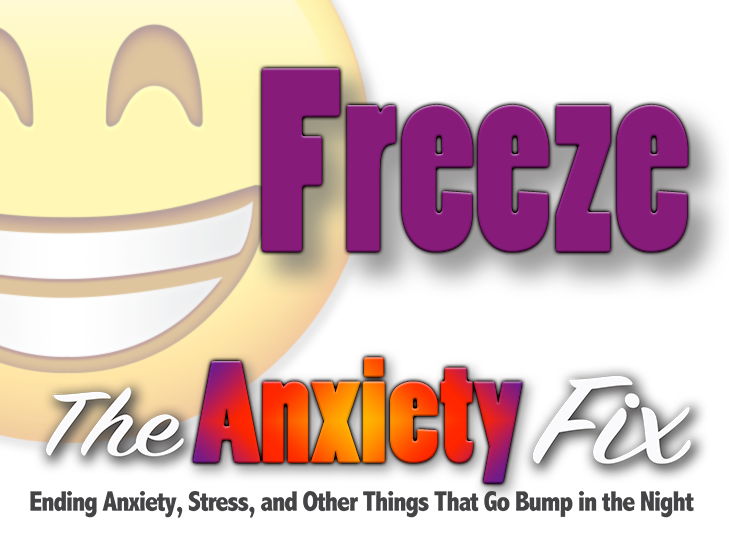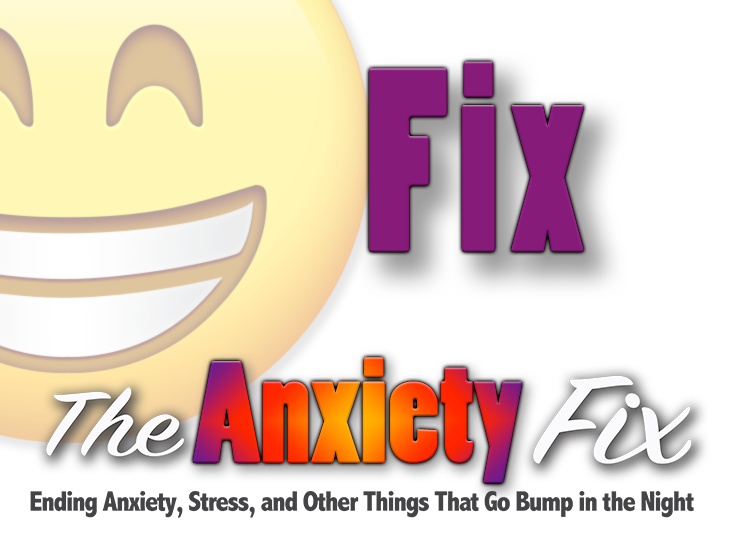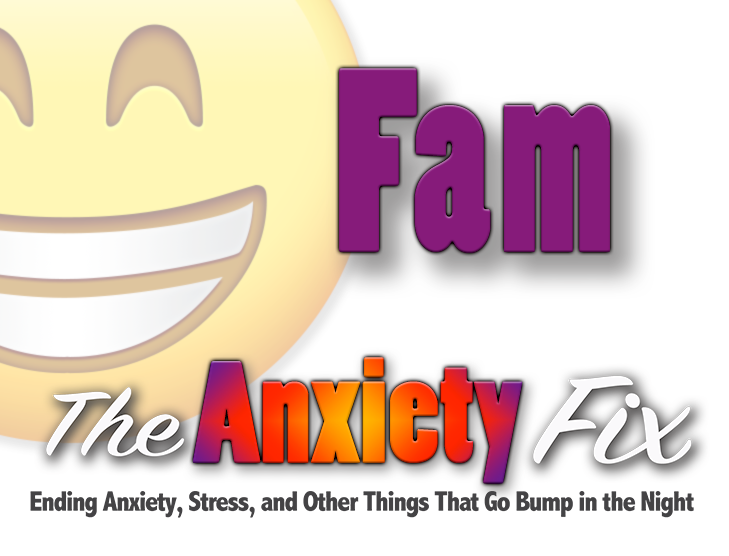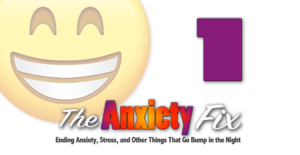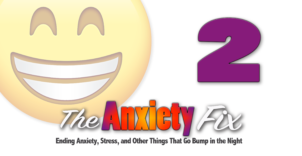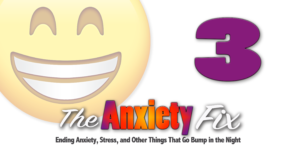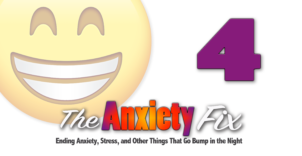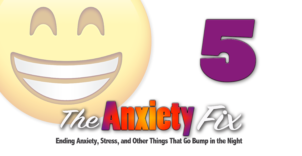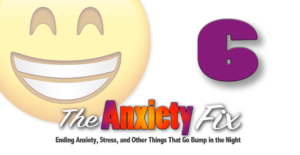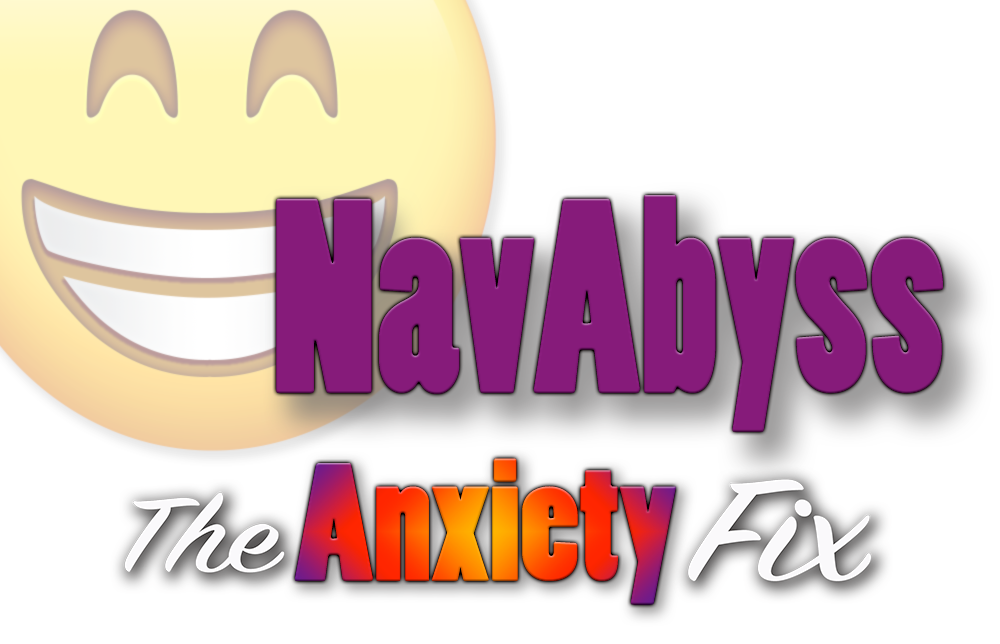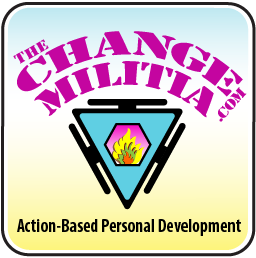Here are seven ways to settle and reset your system when you are anxious, stressed, or feeling overwhelmed.
Do one of these when it feels like you have driven off the cliff or are about to. Start with the first to give you an overview of the concepts and then try the others as they apply.
These practices work. Your mind might try to convince you that they are too simple or that they won’t work for you.
Give them a try. Allow yourself the opportunity to succeed.
Change requires action, take it!
Video Description:
Navigating the Abyss
1 – Stop, acknowledge, and accept the state you are in. Take a few very deep breaths. (Don’t skip this part!)
2 – Soften. Let go of self-judgment and take a step back. Create a little distance.
3 – Find a general label. Determine if it feels like you primarily want to fight, flight, or freeze?
4 – Move. Find a healthy physical movement that parallels the fear you are feeling.
Alternative Movements: Walk, Run, Exercise, Swing your arms, Bear Crawl, Jump, Squat, Twist, Lunge, Plank, Skip, Jumping Jacks, Push-ups, Pull-ups, Yoga, Bike ride, Workout, Dance, Yell, Sing, Meditate, Isometric exercises, Plyometric movements, Stretch, Pulsing movements, Shadow Box, Core Exercises, Handstands, Dips, Elastic band exercises, Squeeze a ball, Martial arts, Tai Chi, Qigong, Unicycle, Scooter, Basketball, Batting cage, Soccer, Organized sports, Tennis, Ecstatic Dance, Table tennis, Hike, Climbing gym, Wood carving, Pottery, Sculpture, Pantomime, Yodel.
5 – Persist! Continue the movement until the anxiety is gone and you regain your equilibrium.
*Your movement intensity and duration must match or exceed the energy level of your anxiety.
6 – Reevaluate. If the anxiety persists, continue the movement or find another until you are centered and feel balanced. Celebrate! Affirm your success and acknowledge the change in your state of being.
7 – Follow the steps of the Anxiety Fix program. Allow yourself to change the habits and patterns that lead to anxiety.
Here are five additional videos to help you manage anxiety. Choose the movement that matches the fear signal you are receiving from your subconscious mind.
(as explained in the above video and the content below)
Choose Fight when you want to push away or create conflict by engaging – when there is a desire to move people, things, thoughts, or feelings farther from you.
Choose Flight when you want to push away or create distance by disengaging – when there is a desire to move farther from people, things, thoughts, or feelings.
Choose Freeze when you want to stop or reduce conflict by constricting – when you want to control the situation by limiting your connection to the people, things, thoughts, or feelings near you.
Choose the Fix video when it feels like you need to resolve or control something. The desire to referee, appease, coerce, manipulate, seduce, or convince are fix responses.
Do you want to completely eliminate anxiety, stress, and overwhelm? If so, follow the steps in this program and spend enough time on each to really get a feel for them. Reach out with any questions.
Here is a more detailed description of each of your typical fear responses.
Your personality is the sum total of your habits. Every habit has a bunch of moving parts – physical, mental, and emotional. Habits have actions, reactions, and responses. Let’s call these things components.
The most influential components of your habits are the ones attached to your fears. You react in habitual ways to habitual stimuli or triggers. Those reactions create a cascade of other reactions that form movements, thoughts, and emotions. Reactions lead to judgments, labels, and mind-sets. The sequence of these reactions forms a large part of your personality. Reactions are the primary influence on how you interact and respond to potential threats and opportunities.
You are who, what, and how you are based primarily on your habitual reactions. Fear is the main cause of and trigger for those habitual reactions nearly 100% of the time.
The five major ways you react to fear are fight, flight, freeze, fix, and familiar. Most of these happen habitually. They are triggered by your subconscious mind sometimes without you even realizing it’s happening. You are probably familiar with fight, flight, and freeze.
Fight fear feels like you want to engage. Fight reactions would include anger, frustration, conflict, contradiction, and altercation (physical, mental, or emotional). Fight will feel like you are trying to create distance by pushing things, peoples, ideas, possibilities, thoughts, energies and emotions away from you. You might also fight external influences. Fight will have lots of active resistance to change.
Flight fear feels like you want to disengage. Flight reactions are things like distancing, running away, distraction, and avoidance. How often have you been chatting and someone inexplicably interrupts or changes the subject? That is a flight response. They fear the potential trajectory of the conversation and seek to move away from it. Every distraction is a flight response. Spacing out and over-talking are flight responses. Flight will be a desire to control change.
Freeze fear feels like you want to stop or limit change. Freeze is expressed as stubbornness, inattention, and shutting down (physically, mentally, or emotionally). Emotionally, men have a greater tendency to use the freeze response than women. When things get a little too intimate, we men tend to forcefully stop our emotions because of a fear of appearing weak or the fear of losing control … or the subconscious fear of not knowing what might happen next. Stagnation is a freeze response. Freeze will feel hard and inflexible. Surrender, submission, quitting, and resignation are freeze responses because they all seek to stop something. Got something in your life that is lifeless and stagnant? If so, there is freeze fear underneath it somewhere.
Fix and Familiar may be new fear responses to you, but they’re equally as common as the first three. You may even find yourself nodding along as you read their descriptions, identifying with how you tend to react in those ways.
Fix fear will feel like you want to control, manage, or manipulate. Fix is what you do to resolve threats, to find some sort of balance. Do you bargain to find some middle ground, remedy, or compromise? Do you placate, justify, or make excuses? Do you frantically try to find a way to make your fear go away by changing something or someone in your environment? If so, you are a fixer. “Yeah, but” is a fix response. Parenting can feel like fixing much of the time. Do you compromise to appease? Are you looking for resolution or avoid conflict? The desire to assuage, placate, coerce, manipulate, seduce, moderate, or convince are fix responses. Fix responses will seek to balance conflicts, threats, and opportunities. Fix will feel like you are trying to balance conflicting or uncomfortable possibilities.
Familiar fear will feel like you need to do something recognizable, a repeat of a pattern.Familiar is usually your desire to physically, mentally, or emotionally reproduce or replicate something in hopes of having a known result. Habits will always have some aspect of familiar – the desire to replicate some past event and the feelings, thoughts, or emotions that resulted. Do you go to a gym or brewery after a particularly unpleasant day with the hope that it will reduce your stress because it has worked before? Doing Crossfit or yoga to lessen your stress is a pattern. Getting drunk regularly to mentally and emotionally escape is a fear response that replicates past patterns. Exercise and inebriation may work in the short term but don’t address the underlying pattern and dysfunctional habits. Exercise is healthier than getting drunk, but both are addressing the symptoms and not the cause. (Addressing the cause would be changing the factors that contributed to your shitty day.)
When you are ready, check out our other program, The Change Militia. It is an action-based personal development program. You are going to need to do something with all the energy you are going to unleash after you conquer your anxiety. The Change Militia will help you focus on what is important, achieve your goals, and keep you balanced and energized.
Our primary program, The Change Militia, is a subscription-based program offering daily concepts, movements, meditations, and things to focus on to help you supercharge your personal growth.
It is action-based with an amazing community of people. If offers a go-at-your-own-pace model to help you maximize your potential, increase your happiness, and find greater fulfillment. There is also a group call every week to help you relate others’ experiences to your situation. Click the image above for more information and to sign-up.
After you’ve digested this page, click on Step One above. And remember, anytime you are actively anxious, do the Navigating the Abyss movement or one of the Five F’s movements that matches your subconscious fear signal.
